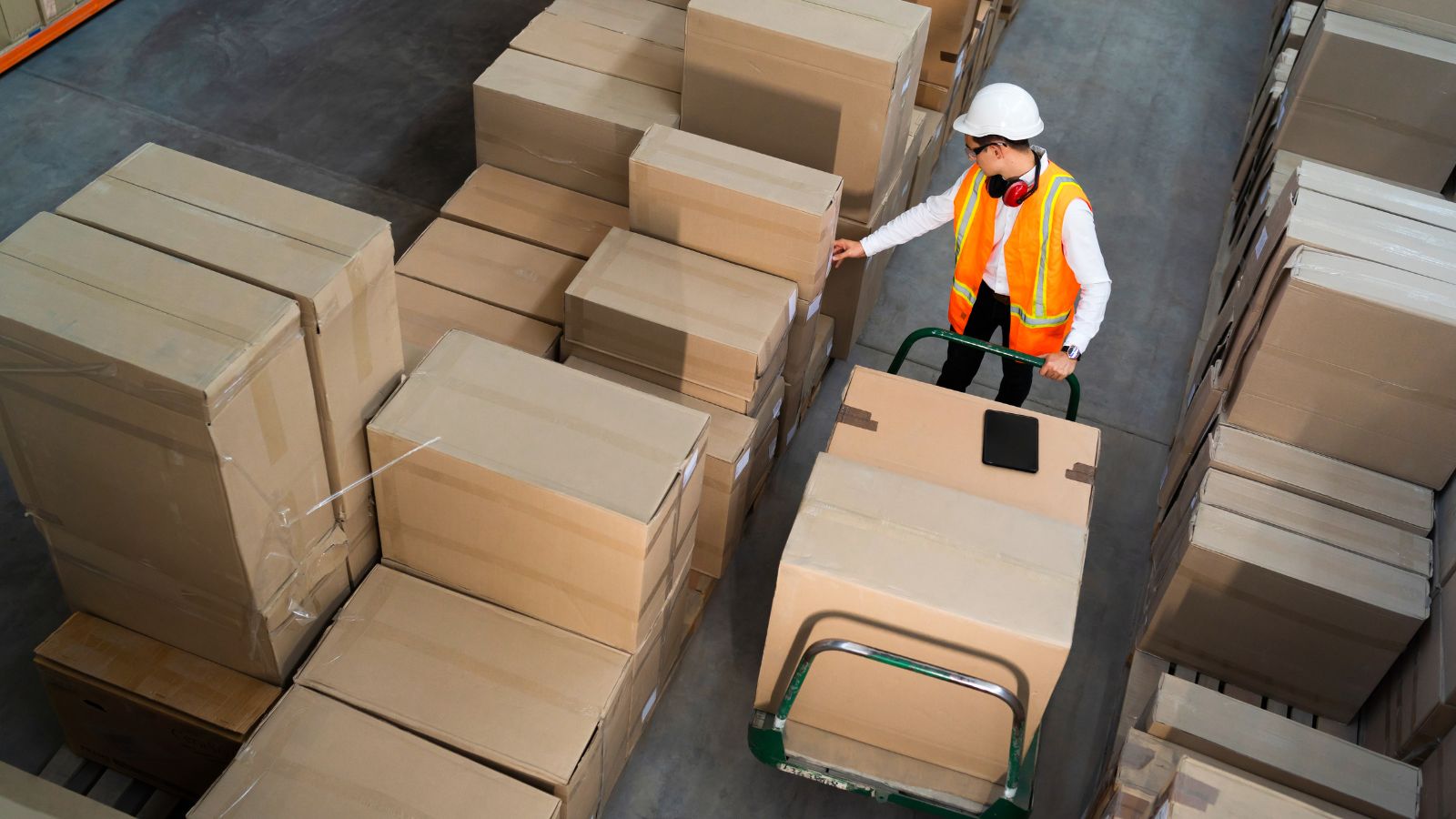Running an efficient warehouse is all about precision, timing, and the right tools. A small delay in operations or a mismatch in equipment can quickly turn into a costly setback. That’s why outfitting your warehouse with premium supply choices isn’t just a smart move—it’s essential for peak productivity.
Let’s break down what matters most when equipping your warehouse and how thoughtful supply decisions can transform your daily operations.
Optimize Storage Systems First
Storage isn’t just about stacking boxes. It’s the backbone of any warehouse operation. Choosing the right storage systems sets the stage for everything else.
Start by evaluating your inventory type and turnover rate. High-turnover items should be placed in easy-access areas supported by adjustable pallet racking systems. For slower-moving goods, deeper storage options like drive-in or push-back racks make more sense.
Mobile shelving systems and vertical carousels can also free up valuable floor space. More space equals more inventory. More inventory, when organized efficiently, means fewer interruptions and better order fulfillment.
Invest in Durable, Ergonomic Equipment
You might be tempted to save money on basic warehouse equipment. But cheap gear often wears out fast or worse—becomes a safety hazard.
Invest in ergonomic tools that support your team’s efficiency and safety. This includes height-adjustable workbenches, anti-fatigue floor mats, and electric pallet jacks with easy maneuvering. Workers can handle more tasks with less physical strain, resulting in higher throughput and fewer injuries.
When you factor in maintenance and downtime costs, premium equipment pays for itself. It’s not a luxury—it’s a long-term investment in your bottom line.
Prioritize Safety Supplies
A safe warehouse is a productive one. Every incident—whether minor or severe—interrupts workflow, adds expenses, and damages morale.
Stock your warehouse with high-visibility vests, helmets, gloves, and safety signage. But don’t stop there. Ensure that safety barriers, guardrails, and dock bumpers are installed and maintained.
Automated solutions like motion-detecting lights and warning signals can also reduce the risk of accidents, especially in high-traffic areas. OSHA compliance should be the floor, not the ceiling. Go beyond the minimum and create a proactive culture of safety.
Choose Material Handling Tools That Scale
Material handling is where time is often lost—or saved. Forklifts, conveyors, and carts must be matched to your volume and load requirements. One size doesn’t fit all.
Forklifts should be compatible with your warehouse layout and racking design. Narrow aisle forklifts are ideal for space-restricted areas, while 5th wheel forklift attachments add versatility for unique load configurations. These attachments improve maneuverability and efficiency, particularly when transporting heavy or oddly shaped items.
Meanwhile, modular conveyor systems can evolve as your business grows. Don’t get locked into a fixed setup—choose handling tools that grow with your operation.
Embrace Smart Technology and Automation
Technology is no longer optional in warehouse logistics. It’s a core differentiator.
Warehouse management systems (WMS) offer real-time inventory tracking, barcode scanning, and automated picking solutions. They reduce human error and accelerate order processing.
Additionally, autonomous mobile robots (AMRs) are becoming more accessible for mid-sized warehouses. These bots navigate aisles and transport goods with minimal supervision. Integrating them can shrink your picking times and improve overall accuracy.
A notable example of how automation boosts productivity can be found in the case study from McKinsey, showing how some warehouses improved throughput by 25% after implementing robotics and digital tracking systems.
Focus on Efficient Packaging Solutions
The packaging station is the last stop before products reach customers. It’s often an afterthought—but it shouldn’t be.
Start by standardizing packaging materials. Use custom-sized boxes to reduce void fill and shipping costs. Invest in automated taping and strapping machines to speed up packing without compromising quality.
Don’t forget about sustainability. Recyclable or biodegradable materials are increasingly favored by consumers and regulators. Efficiency and eco-responsibility aren’t mutually exclusive—they’re both good for business.
Enhance Lighting and Climate Control
A well-lit warehouse doesn’t just look good—it works better.
Bright, energy-efficient LED lighting helps reduce picking errors and improves safety. Workers can move faster and more confidently in well-illuminated spaces.
If you store perishable or sensitive goods, climate control is critical. Temperature and humidity sensors, paired with HVAC systems, ensure optimal storage conditions. Avoid spoilage, reduce waste, and stay compliant with industry standards.
Comfort is also productivity’s silent ally. When workers are not overheating or freezing, they perform better.
Establish a Maintenance and Inspection Schedule
Buying premium supplies is one thing. Keeping them in optimal condition is another.
Implement a preventive maintenance program for all major equipment—especially forklifts, conveyors, and HVAC units. Scheduled checks reduce the risk of breakdowns and prolong equipment life.
Use digital maintenance logs and inspection apps to track issues and repairs. When maintenance becomes part of your workflow—not an emergency fix—you minimize disruptions.
Final Thoughts
Outfitting your warehouse with premium supplies isn’t about spending more. It’s about spending smarter. Every shelf, cart, scanner, and safety vest contributes to your overall performance. The goal? Smooth operations, fewer delays, safer teams, and happier customers.
The most productive warehouses are the ones where every choice is intentional. If you’re scaling your logistics operation or simply improving what’s already in place, make quality your default setting.
Smart warehouse outfitting pays dividends not just today but every day after.




More Stories
What Do You Need for an At-Home Proposal?
Flooring: Types, Costs, and How to Choose the Right Floors for Your Home
The Unexpected Freedom That Comes From Understanding Your Dog’s Medicine Cabinet